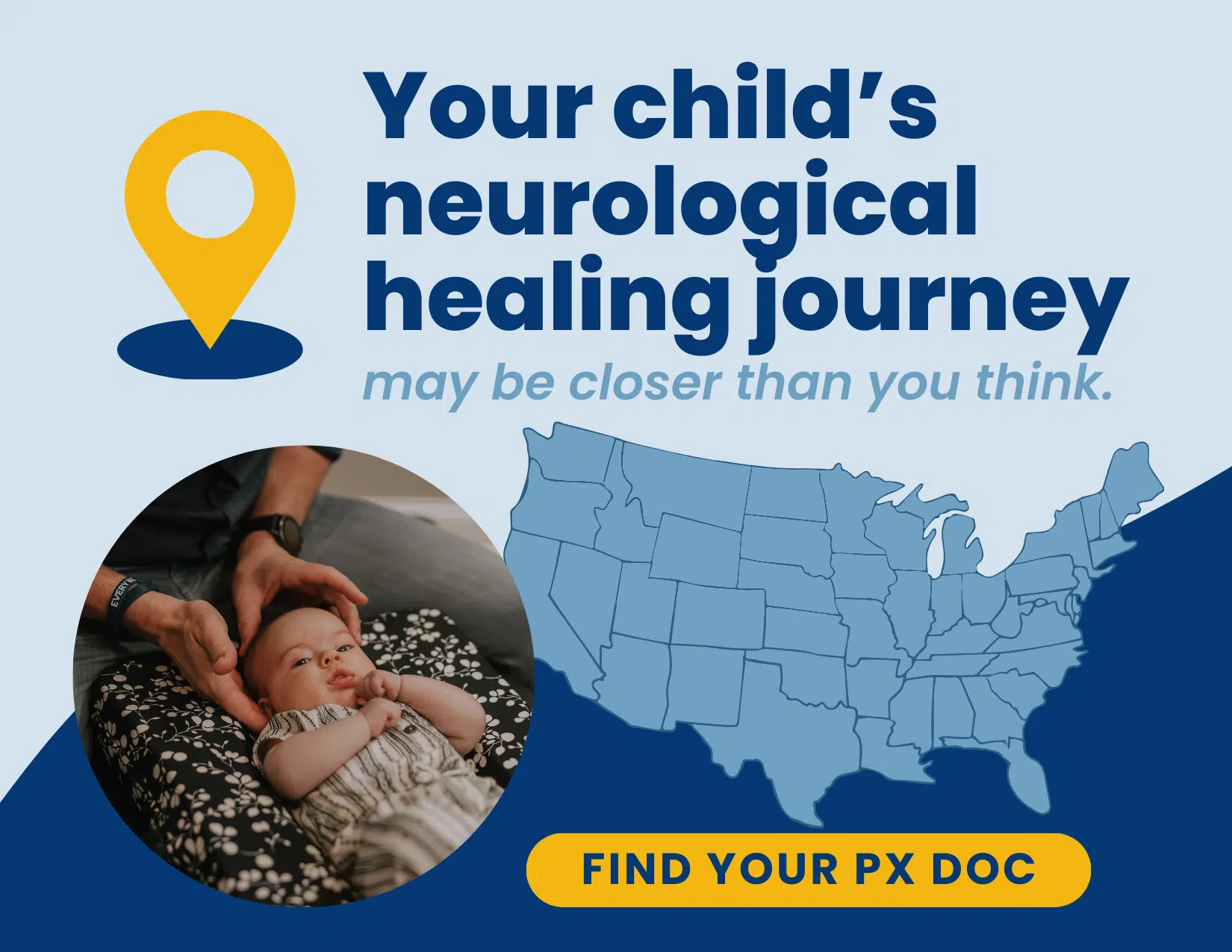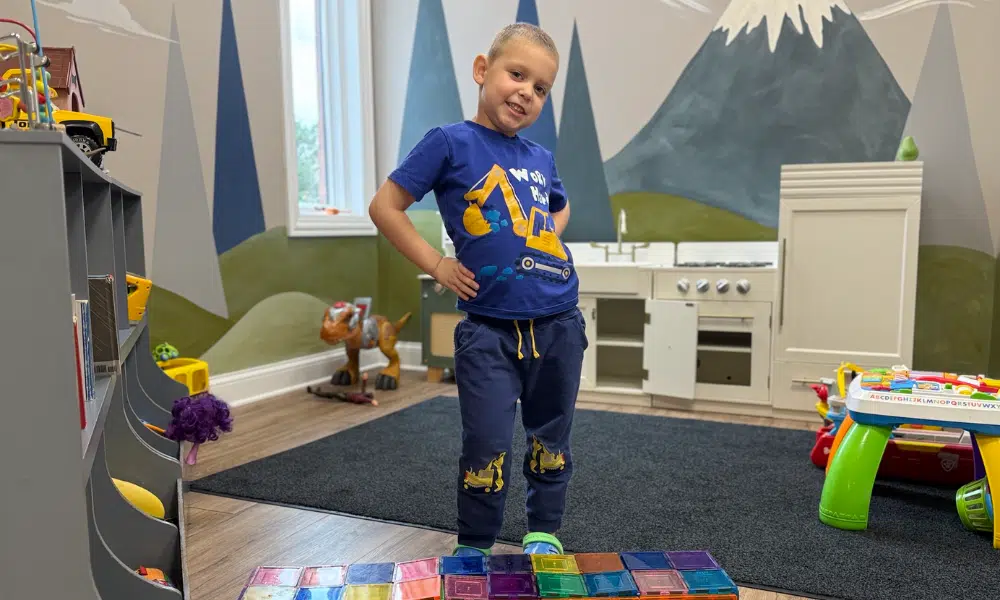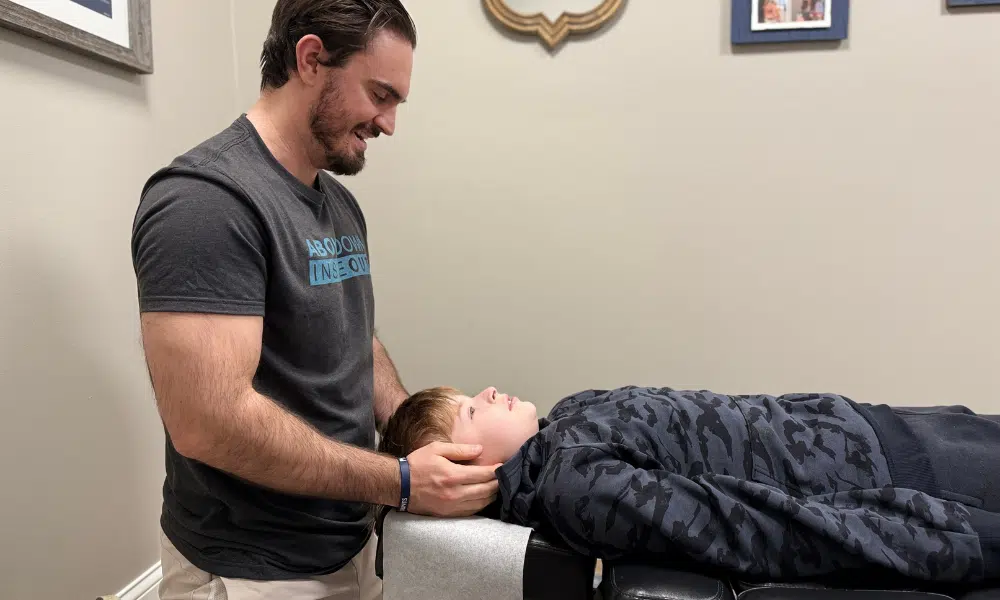Receiving an autism diagnosis as an adult can be a complex yet clarifying process. With growing awareness and shifting perspectives, the number of adults noticing signs of autism in themselves and considering whether they may be on the autism spectrum is rising.
One study noted a surge in Medicaid recipients receiving an adult autism diagnosis, as figures rose from a 4.2 per 1,000 adult prevalence in 2011 to a 9.5 per 1,000 adult prevalence in 2019.
Diagnosing autism spectrum disorder (ASD) in adults presents unique challenges, but there is hope for answers. Whatever prompts your initial questioning, getting answers through a professional assessment can be difficult yet worthwhile.
This article will explore the ins and outs of navigating an adult autism assessment. By covering the signs to look for, available screening tools, and the importance of ruling out other conditions, adults with autism can get the long-awaited support they need.
What is Autism Spectrum Disorder?
Autism spectrum disorder (ASD) refers to a range of conditions characterized by challenges with social communication and interaction and the presence of restrictive or repetitive behaviors. Because autism exists on a spectrum, symptoms can range from mild to severe and manifest differently in each person.
While a set of common diagnostic criteria helps identify autism, there is no standard “type” of adult with autism. All have unique combinations of strengths and weaknesses. This makes personalized support approaches essential.
“The Perfect Storm” of Factors
Emerging research suggests autism arises from a combination of genetic risks and environmental triggers impacting early brain development. Potential influences like advanced parental age, complications during delivery, low birth weight, toxins, stress, trauma, and infection can converge to shift a child’s developmental trajectory. At PX Docs, we refer to this collection of factors as “The Perfect Storm.”
This complex interplay of biological and non-biological factors stresses the nervous system during formative windows, contributing to atypical neural connectivity characteristic of autism’s cognitive and behavioral differences. Though daunting to face, hope lies in addressing the root cause.
Signs of Autism Spectrum Disorder
Autism terminology has evolved over recent years. What was previously called high-functioning autism or Asperger’s Syndrome is now frequently referred to as “autism spectrum disorder with low support needs” or just “low support needs autism.”
This diagnosis describes autistic people who can speak fluently and manage relative independence with minimal support. However, significant yet often hidden struggles exist under the surface.
If you recognize any signs of autism in yourself, the first vital step is paying attention and watching to see if a pattern emerges across your life experiences. These are the key areas to reflect on:
Social Communication Differences
Are you frequently baffled in conversations, missing jokes or sarcasm, and struggling to keep up? Do you tend to be very literal in your speech? What about having trouble starting conversations or intuitively knowing when to join them?
Many adults with autism exhibit repetitive behaviors, often developing intense special interests. They stick to set routines and have difficulty coping with schedule disruptions. Unexpected changes provoke intense anxiety.
Sensory Sensitivities
Sensitivity to light, sound, smell, taste, or touch falls under this category. For example, do certain clothes hurt your skin or make you incredibly uncomfortable? Or perhaps unexpected loud sounds prompt a deeply pained, startled reaction.
Some autistic people even report sensory input feeling physically painful because their nervous system processes signals differently. Things most people filter out easily become intolerable.
Self-Soothing Behaviors
When faced with intense emotions, many autistic individuals find themselves almost involuntarily engaging in self-soothing repetitive activities like flapping their hands, rocking, pacing, humming, or twirling their hair obsessively. This is called “stimming.”
When overwhelmed, consider whether you default to repetitive actions. Note these responses without judgment. They provide clues into differences in nervous system regulation.
Adult Autism Assessments for Self-Reflection
While online autism tests can’t confirm a diagnosis, they allow you to safely and privately explore the possibility from home. Many are free and easily accessible.
Several options for autism self-screening have research backing their effectiveness. These include:
- The 10-question Autism Spectrum Quotient or AQ-10 version asks you to rate your level of agreement with statements about habits and preferences that can indicate autism.
- The Adult Repetitive Behaviors Questionnaire or RBQ-2A with 20 questions focused specifically on restrictive, repetitive behaviors which are telltale signs of autism.
- The Adult Social Behavior Questionnaire known as the ASBQ covers multiple facets of potential autism-related difficulties with 44 total questions.
You’ll find queries like these on most autism self-tests:
- Do you tend to notice details that others do not?
- Do you have intense special interests that you get very upset about if unable to pursue?
- Do you repetitively fiddle with items needing motion or texture?
- Are you fascinated by patterns like dates, numbers, or perfectly lined-up objects?
- Do you have trouble taking turns in the conversation when talking to someone?
Ultimately, these autism self-tests aim to gauge traits so you can determine whether to pursue a formal adult autism assessment with a qualified professional. Seeking that professional perspective is the only way to know if you meet diagnostic criteria conclusively.
Getting an Adult Autism Diagnosis: The Process
While no definitive tests for an adult autism evaluation currently exist, an experienced professional can conduct a thorough adult autism evaluation and determine if ASD is indicated.
This qualification is important, as not all clinicians have a background recognizing ASD, particularly in adults. Seeking someone familiar with both autism and adult presentation proves vital.
The diagnostician will inquire about current challenges you experience with social communication, restrictive behaviors, sensory issues, emotional regulation and cognitive flexibility. They determine if these challenges significantly impair your relationships, work performance, self-care, or other major life areas.
However, with ASD, symptoms often develop covert coping mechanisms over years of practice interacting. This means an observational tool becomes critical.
The current gold standard is the Autism Diagnostic Observation Schedule or ADOS-2 using Module 4 designed for verbally fluent older adolescents and adults. This semi-structured interactive session elicits key signs of autism as you respond to various prompts. The professional examines aspects like:
- Eye contact, facial expressions, and body language
- Empathy, reciprocity, and rapport in conversation
- Insistence on sameness and resistance to change
- Restrictive interests and repetitive mannerisms
Your lifetime developmental history also weighs heavily, especially your early childhood. Can you or a family member describe symptoms apparent back then that support longstanding differences in social communication, behavior, and sensory tolerance?
The Importance of Differential Diagnosis
Given the complex picture of autism in adults, evaluating clinicians also consider other developmental, neurological, or mental health conditions that may appear similar on the surface.
In what’s called a differential diagnosis process, they’ll thoroughly assess for disorders like:
- Social communication disorder involving verbal expression challenges
- Attention-deficit / hyperactivity disorder (ADHD)
- Anxiety disorders
- Clinical depression
- Obsessive-compulsive disorder (OCD)
Research shows psychiatric conditions commonly co-occur alongside autism. Around 28% of autistic adults also live with anxiety, and 20% have been diagnosed with ADHD. Statistically, autism rarely travels alone.
For this reason, it’s key to account for overlapping or separate diagnoses. The treatment approach differs depending on the specific disorders and their interactive effects. While untangling this web takes time, it uncovers targeted solutions.
The Critical Role of Nervous System Function
All human health connects to one epicenter—the brain and nervous system, which coordinate all other body systems. When this command center functions suboptimally, widespread dysfunction ripples outward.
This proves especially true in autism, where differences in sensory processing, restrictive behaviors, emotional regulation, cognitive flexibility, and more all point back to neurological roots. Though daunting disorders to face, hope rests in addressing those roots.
Yet traditional interventions, like ABA therapy, focus solely on skill building and symptom suppression instead of boosting nervous system resilience as the catalyst for positive change. PX Docs believes restoring neurological potential manifests transformation.
Two emerging concepts—subluxation and dysautonomia—pave the way for innovative care approaches centered around neurological communication and coordination. Research is still unfolding, but clinical results seem promising.
Support Options After an Adult Autism Diagnosis
Receiving an autism diagnosis as an adult can feel emotionally complicated, leaving you with mixed relief but also grief for lost time and missed support. Excellent resources offer community, insights, and self-advocacy skills valuable for the journey ahead.
Organizations like the Autism Society, Autistic Self Advocacy Network, and Autism Research Institute provide practical guidance on relevant topics—from workplace accommodations or healthcare navigation to handling family dynamics.
Online groups also foster connection, such as the #ActuallyAutistic tags on social media platforms, which introduce you to an empowered #AutismPride culture. You discover a level playing field for sharing creative strengths and vulnerable struggles among peers who simply understand.
The Role of Chiropractic Care in Autism
As PX Docs practitioners, our Neurologically-Focused Chiropractic Care doctors take a unique approach to supporting individuals on the autism spectrum by addressing the root causes of nervous system dysfunction.
We utilize advanced technology, like INSiGHT Scans, to detect and measure neurological dysfunction contributing to autism challenges. These assessments also uncover dysfunction related to subluxation (an interference between neural signals) and dysautonomia (chronic “fight-or-flight” stress response disrupting nervous system regulation).
Customized chiropractic care plans aim to reduce neurological tension, stimulate the vagus nerve, and restore optimal communication between the brain and body. Our specialized Neuro-Tonal Adjustments balance nervous system function, as this is the catalyst for progress.
For example, reducing sensory overload and calming emotional meltdowns often result from harmonizing neurological coordination between the sympathetic and parasympathetic nervous systems. Taming the neurological “storm” makes room for developmental gains.
While research continues unfolding, clinical results have been extremely promising. We’ve seen both children and adults on the spectrum improve dramatically in aspects like sociability, behavior, digestion, sleep quality, focus, and much more through our conservative chiropractic protocols.
If you or a loved one with autism suffers from chronic issues that persist despite traditional skill-based therapies, consider exploring whether a neurological-focus could facilitate a breakthrough.
Seeking Answers and Embracing Your Authentic Self
Ultimately, no two adults with autism have the same journey or challenges. Regardless of the signs of autism that present, Neurologically-Focused Chiropractic Care offers an innovative solution for restoring healthy neurological coordination.
If you’d like to learn more about exploring an adult autism diagnosis, consider exploring our drug-free care plans. With the right support, one can embrace their full, authentic selves, with or without autism spectrum disorder.
Empowering pathways exist, however challenging they may first appear. Visit our PX Docs Directory to find a trained PX Doc near you today.





